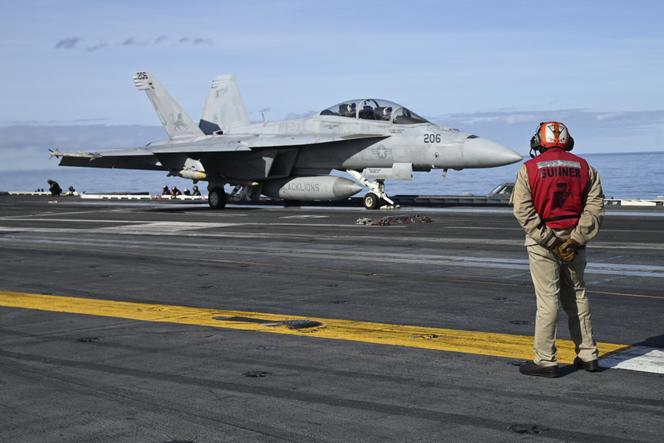

The change in military posture approved by the 32 member states of the North Atlantic Treaty Organization (NATO), following Russian drone incursions into the Alliance's airspace on the night of September 9 and Russian fighter jet intrusions over Estonia on September 19, marks a significant turning point since the start of the war in Ukraine. The full implications remain uncertain.
This shift may have gone unnoticed amid the clamor of dramatic diplomatic statements. It concerns a deeply strategic and technical issue: NATO's "rules of engagement," which set the framework and level of military response in the event of an attack or aggression.
These rules are generally classified. No military force or unit commander ever reveals the details of the criteria that would lead them to favor one military option over another in response to an adversary's move, as doing so could undermine its effectiveness. The only exception: when the objective is to deter the enemy from acting.

This was the purpose of the interview given to Le Monde on Wednesday, September 24, by Alexus Grynkewich, the new American general heading NATO allied forces. In a carefully worded conversation, the career fighter pilot, well-versed in the nuances of military language, described the delicate shift made by the allies during an extraordinary meeting of the North Atlantic Council (NAC) in Brussels on Tuesday, September 23.
You have 72.66% of this article left to read. The rest is for subscribers only.
